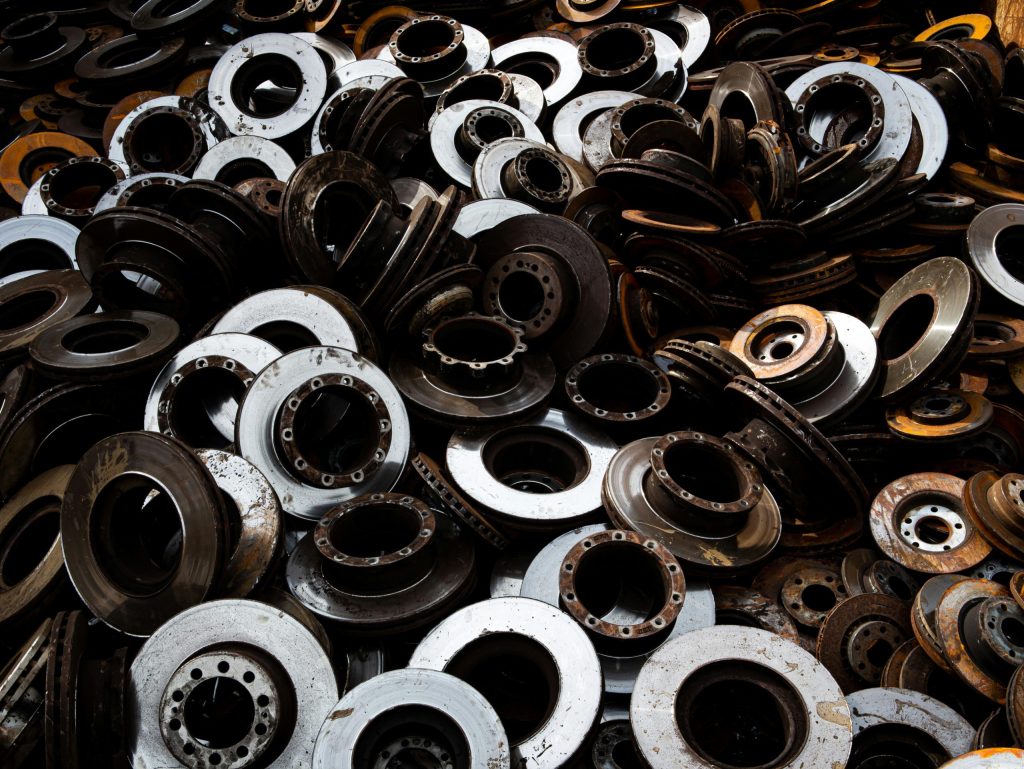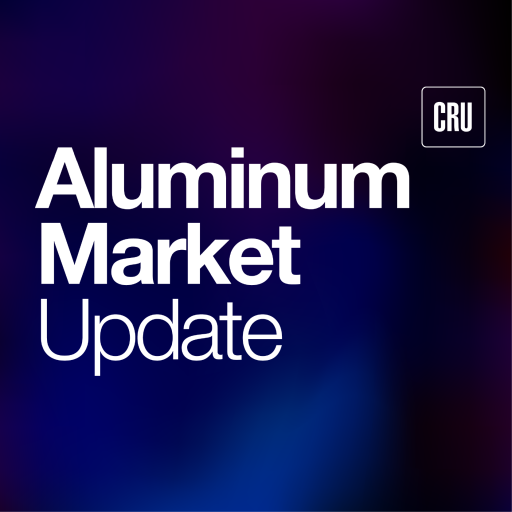Growth Markets

June 12, 2025
Allison Transmission acquires Dana’s off-highway arm: Implications for Aluminum and Indiana’s industrial base
Written by Nicholas Bell
Drivetrain and propulsion systems manufacturer Dana Incorporated is selling its off-highway business to Allison Transmission for $2.7 billion, and it’s likely the scrap generation map for secondary aluminum is quietly being redrawn.
Auto parts have slipped into the background of headlines in today’s news cycles as tariffs have re-emerged into the foreground once again, but this is a major story that might miss the press otherwise.
A380 in motion
Dana’s off-highway business unit, which makes drive and motion systems for construction, agriculture, and mining vehicles adds is a major user of cast-heavy aluminum and is being folded into Allison’s Indiana-based manufacturing orbit.
Much of the metal used in these systems, especially gear housings, torque converters, and drivetrain castings, relies on A380.1, a castable high-silicon secondary alloy, as well as other secondary grades.
While the locations of Dana’s off-highway facilities will remain unchanged, the aluminum procurement and scrap strategy will shift to Allison Transmission, headquartered in Indiana with nine manufacturing locations.
That’s especially relevant because two of Dana’s four U.S.-based off-highway facilities are already located in Indiana, along with one in Illinois, one in South Carolina, and two in Canada. The result? A sizable share of this aluminum-intensive business is already embedded in Indiana’s industrial ecosystem and now so is its sourcing strategy.
Historically, the off-highway end sector represented a single-digit percentage of Allison Transmission net sales, and the acquisition represents a major expansion into the sector alongside an established network under its purview.
Indiana: The aluminum artery for non-passenger vehicles
Indiana accounts for the highest concentration of secondary aluminum smelters and rolling mills in the country. Major names in rolled products such as Alcoa, Kaiser, Arconic, Nanshan, and Jupiter Aluminum all have sites there as well as secondary aluminum heavyweights like Real Alloy, Superior, Scepter, and many more.
There are two things that often get overlooked when people talk about aluminum and the transportation sector.
First, everyone associates Detroit – or Michigan more broadly – with the transportation industry, especially passenger vehicles, and that’s fair.
But Indiana represents the other side of the transportation puzzle: the non-passenger vehicle supply chain. That includes recreational vehicles (RVs), truck trailers, auto parts manufacturing, off-highway and farming vehicles, and critically, the secondary smelters that feed those sectors.
From RVs to tractors
The state is also the epicenter of extrusion-heavy recreational vehicle (RV) manufacturing – Elkhart, Indiana alone produces roughly 85% of all RVs in the U.S. Hydro has three facilities in Indiana alone, including one in Elkhart. Indiana is home to Wabash National Corporation, the largest truck-trailer manufacturer with U.S.-based production sites.
The state also hosts major engine and machinery manufacturers, such as Honda Motor of America and Cummins Inc; both have multiple plants in Indiana. Agricultural and construction vehicles are produced by CNH Industrial and Caterpillar, among many others, further reinforcing Indiana’s role as a key aluminum-consuming manufacturing center for the broader transportation sector.
Supply chain reassessment?
The shift in ownership introduces uncertainty in the short term for recyclers and secondary producers who were part of Dana’s existing supply chain.
A key variable adding complexity to the mix is Allison’s ownership of Walker Die Casting, an asset that deepens its exposure to aluminum casting but also around how integrated sourcing and melt strategies might evolve.
With Allison taking ownership of Dana’s off-highway unit, including existing Indiana-based manufacturing sites, the company could centralize procurement under their own existing structure and push toward its own closed-loop models, or they could keep those same contracts and pull more material into Indiana.
If Allison moves toward tighter scrap loops or centralized procurement, this could tighten regional scrap availability and shift purchasing behavior, particularly for secondary alloy products and old cast scrap. On the other hand, it could lead to more predictable melt streams and new sources of generation – like from Dana’s Illinois and South Carolina facilities.
Either way, Allison has likely expanded its network of suppliers and buyers in the aluminum value chain, providing the company with a greater number of options.
Ownership shifts
The broader aluminum story here is that every industrial reshuffle reshapes the scrap economy. Unlike primary aluminum, which is traded globally and influenced by exchange stocks and even energy markets, secondary aluminum is hyper-local and highly sensitive to manufacturing shifts.
A single acquisition, albeit a $2.7bn acquisition, like this doesn’t just change ownership – it redirects melt streams, reshapes industrial accounts, and reorders who has access to what kind of scrap.
Historically, off-highway business accounted for only a single-digit percentage of Allison Transmission’s total sales. But this acquisition marks a significant expansion into that space, adding not just a new product line, but inserting a heavyweight operator into a value chain that had previously developed without it.
Scrap generation and procurement is never idle and follows the gears of the industry. It’s a transmission story as well as a transition story.







